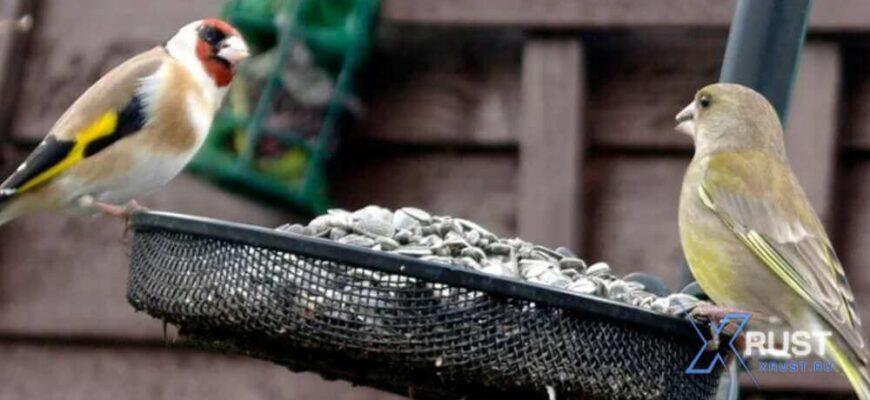Birds and feeders – do they carry diseases?
Avian influenza continues to spread among livestock and wild birds. Could placing bird feeders in your yard pose a health risk? Statistics from the U.S. indicate that avian flu has been detected in nearly 12,000 wild birds and has affected almost 158 million domestic birds, writes https://xrust.ru/. In rare cases, it can also affect humans — to date, there have been 68 reported cases of human infection, including one fatality. Almost all of these cases have been linked to exposure to infected birds. Experts believe that the virus, which can be present in bird droppings, enters the eyes of workers, causing conjunctivitis and generally mild symptoms. So far, there have been no confirmed cases of human-to-human transmission of avian flu, and “the current risk to the general population is low.” However, people can contract the virus if they come into contact with sick or dead birds and then touch their eyes, nose, or mouth. Statistics also show that 57 million Americans feed birds by setting up feeders. So, should we take them down now? First of all, it is important to consider that feeders attract many birds. This can facilitate the transmission of avian flu among birds. However, among songbirds, including chickadees, the flu is not widespread. It mainly affects wild birds and predatory avians. In other words, feel free to continue feeding chickadees and sparrows during the winter.
https://xrust.ru/news/310808-pticy-i-kormushki-ne-nesut-li-oni-zarazy.html









